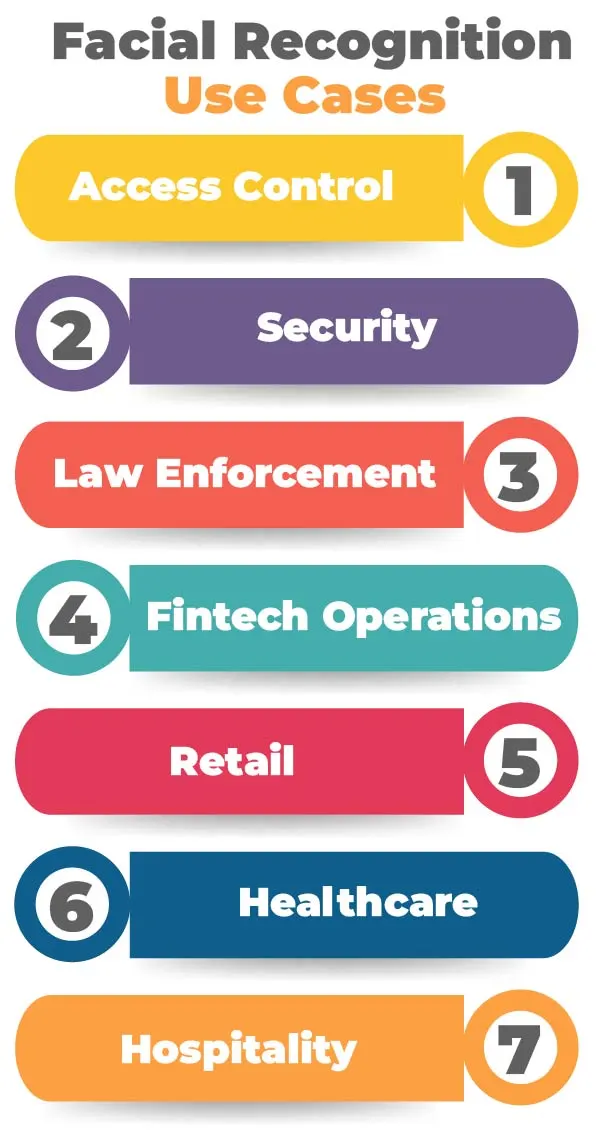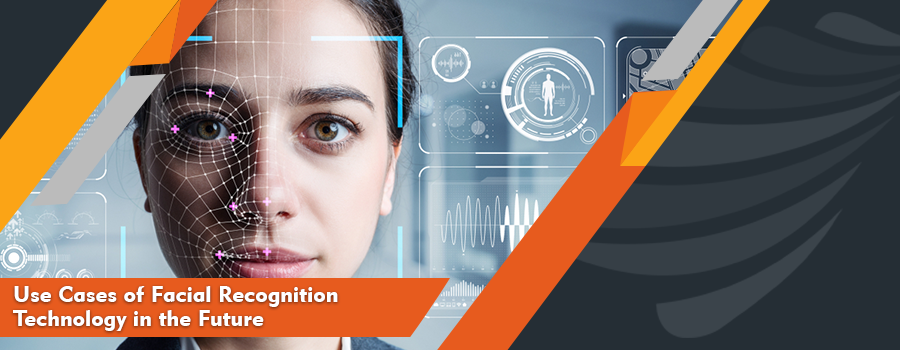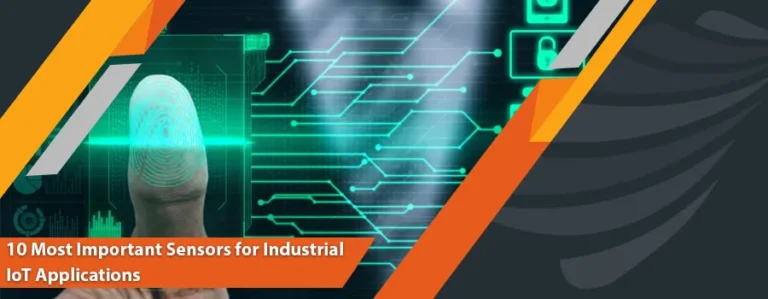Facial recognition technology has gained worldwide popularity due to its high accuracy and safety and security aspects that are much needed now. More and more industries are investing in facial recognition for authentication and greater security. The report published by Statista over the market size of facial recognition technology has revealed that by 2025 the technology will be able to capture a market value of about 8.5 billion US dollars which is almost twice the market value of about 3.8 billion US dollars that had been observed in 2020. This indicates that facial recognition technology has a promising future. Today, facial recognition technology use cases are not limited to the safe use of mobile phones or laptops, as the possibility of its services has gone far beyond that. The following article highlights the several practical use cases of facial recognition technology that will be a part of the future. But before that, we have also briefly discussed what facial recognition is to provide clarity to the readers.
What is Facial Recognition?
Facial recognition technology utilizes AI algorithms for face detection and recognition. The system scans and measures different facial features of a person, like, nose parameters, forehead length, eye shape, etc., and compares them with the facial images stored in a database. The system confirms the person’s identity when the match is found. Facial recognition technology has proven to be highly effective in analyzing faces in real time and recognizing individual characteristics like age, gender, emotions, and movements. This helps the authorities have the facial data and identify individuals in case of criminal activity.

Facial Recognition Use Cases
The exceptional and practical use cases of facial recognition technology are listed below:
1. Access Control
Facial recognition is beneficial in places where the entry of an unauthorized person to certain facilities is banned, or they are not required to use certain equipment, etc. For instance, facial recognition technology can be integrated into the entry points in commercial buildings or apartments to allow authorized workers or residents to enter the premises or prevent unapproved individuals from entering the space. Convening uses in this regard include smart elevators, door locks, and entry systems. This technology is also used at airports to make the customer experience enjoyable. For instance, by using facial recognition at boarding gates of airports, the boarding time can be reduced to 75%. Another example of facial recognition in access control is the protection of specialized resources and machinery, allowing only required personnel to access the equipment. This can also help industries protect their valuable assets from damage and theft.
2. Security
Integrating surveillance tools with facial recognition technology in industries contributes to a more secure environment. Face recognition technology empowers law enforcement authorities to monitor the crowd and immediately address the police if any criminal or block-listed person is recognized in recognized. Such systems are extremely beneficial for securing the premises of educational institutes, companies, stores, or other private places. Nowadays, many smart home security solutions come with facial recognition technology. A security system is automatically activated or deactivated when family members are away from home and immediately alerts the homeowners whenever any unauthorized person tries to invade the property. Facial recognition technology can be installed everywhere where security is the primary concern.
3. Law Enforcement
Facial recognition technology has the greatest potential to facilitate law enforcement agencies, policymakers, and jurisdictions in finding missing persons or criminals, fighting child abuse or domestic violence, etc. Due to timely spotting of the offenders and criminals at different places in the city, most criminal activities can be prevented. However, applying facial recognition in law enforcement is not limited to finding criminals, as it can also be used for identifying and helping disoriented people who are suffering from Alzheimer’s or dementia, etc. With the help of facial recognition in mobile phones, officers can immediately search for the federal photo ID of the disoriented people matches in the database and directly assist those in need. Another important application of facial recognition in law enforcement is to find missing persons based on their images stored in the database and their images captured in real-time to identify a person.
4. Fintech Operations
With the advancement in technology, we have observed frequent use of biometrics and facial recognition technology to perform financial operations securely. For instance, payment through digital wallets or mobile devices. The risk of identity fraud is significantly reduced in the financial sector due to the use of facial recognition while conducting payment operations. Facial recognition offers better protection from identity theft, fast and efficient identity authentication, and secure transactions. If the customer wants to open an account in the bank, they must go through Electronic Know Your Customer (KYC) processing and scan the face images to compare the prospect with the government IDs. Once the person is authenticated through facial recognition, they can access all the bank account services. Another application is the withdrawal of money from cardless ATMs. The ATM camera receives a person’s facial image and analyzes it to find a match from the bank’s database. A person, in turn, can make financial transactions once the authentication is completed.
5. Retail
Facial recognition applications are not only limited to security and can be used to analyze and fulfill the crucial demands of the retail sector. Technology helps the sector in developing a viable relationship with its customers. The major application of facial recognition in retail is self-service shopping. There is no need for a cashier, and the customers fill up their carts and pay for the items by authenticating their face IDs linked to their e-wallets. Another application is sentiment analysis, where the store managers can use AI and face recognition to capture the customers’ emotions against a product, to find the most or least appealing products, and set their assortments properly. Similarly, retail managers can identify loyal customers and present them with rewards as the facial recognitional camera can accurately detect regular shoppers or loyal customers.
6. Healthcare
Like any other sector, the healthcare sector has also been revolutionized with the help of facial recognition algorithms. In healthcare, facial recognition is integrated into the operations like tailoring treatment, patient verification, patient entry, and other security systems. Face analysis has enabled healthcare practitioners to take care of patients’ medication, pain management, and timely identification of genetic disease. This indicates that the possibilities of facial recognition in healthcare have gone beyond patient monitoring. Registering and checking out the patients, accurate diagnosis of the sick, and caretaking robots are some of the greatest applications of facial recognition in healthcare that have facilitated healthcare practitioners to conduct a careful examination and accurately identify the patients for streamlining healthcare operations.
7. Hospitality
The hospitality sector has to deal with thousands of customers daily, ensuring security and a great customer experience. Customized facial recognition applications ease the travelers’ journey by enabling automated authorization procedures. With a facial recognition system at hotels, employees can quickly identify the visitors who have booked a hotel stay and easily verify them at check-in and check-out. Even visitors can make authorized hotel payments with facial recognition using a phone camera or camera provided by the hotel’s management or a restaurant. This ultimately enhances the customer experience and reduces hotel employees’ manual work burden.
Conclusion
Facial recognition technology has matured fast and will continue to revolutionize remaining industries soon. Face recognition has proven to be a cutting-edge technology for wide range of industries as it provides security, improves financial operations, offers access control, smooth authentication and boost customer experience. Due to the potential benefits of facial recognition technology, many industries are becoming comfortable with it, enhancing its acceptance and adoption to a greater extent.





